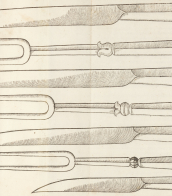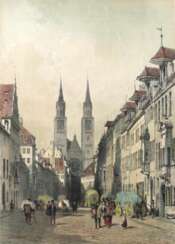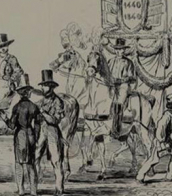adolphe goupil
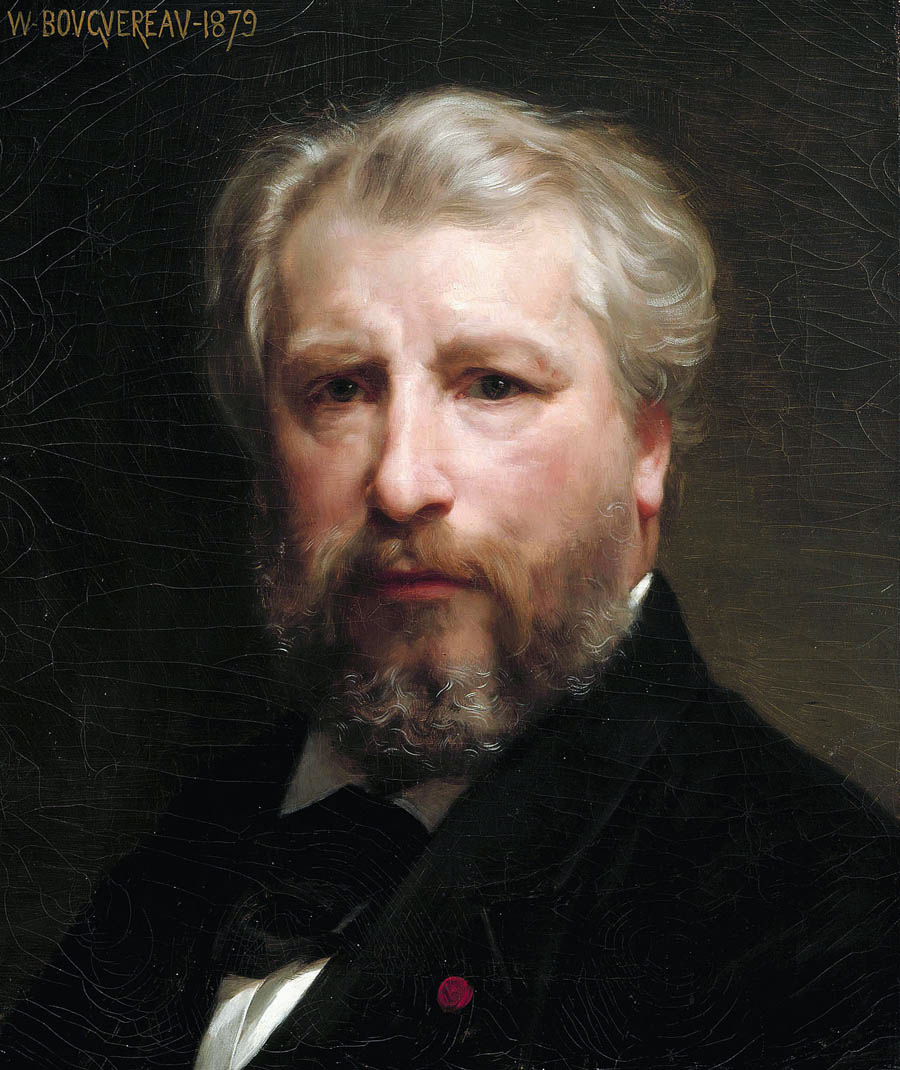
William-Adolphe Bouguereau was a French academic painter. In his realistic genre paintings, he used mythological themes, making modern interpretations of classical subjects, with an emphasis on the female human body. During his life, he enjoyed significant popularity in France and the United States, was given numerous official honors, and received top prices for his work. As the quintessential salon painter of his generation, he was reviled by the Impressionist avant-garde. By the early twentieth century, Bouguereau and his art fell out of favor with the public, due in part to changing tastes. In the 1980s, a revival of interest in figure painting led to a rediscovery of Bouguereau and his work. He finished 822 known paintings, but the whereabouts of many are still unknown.
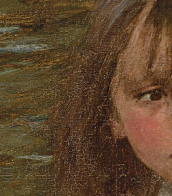
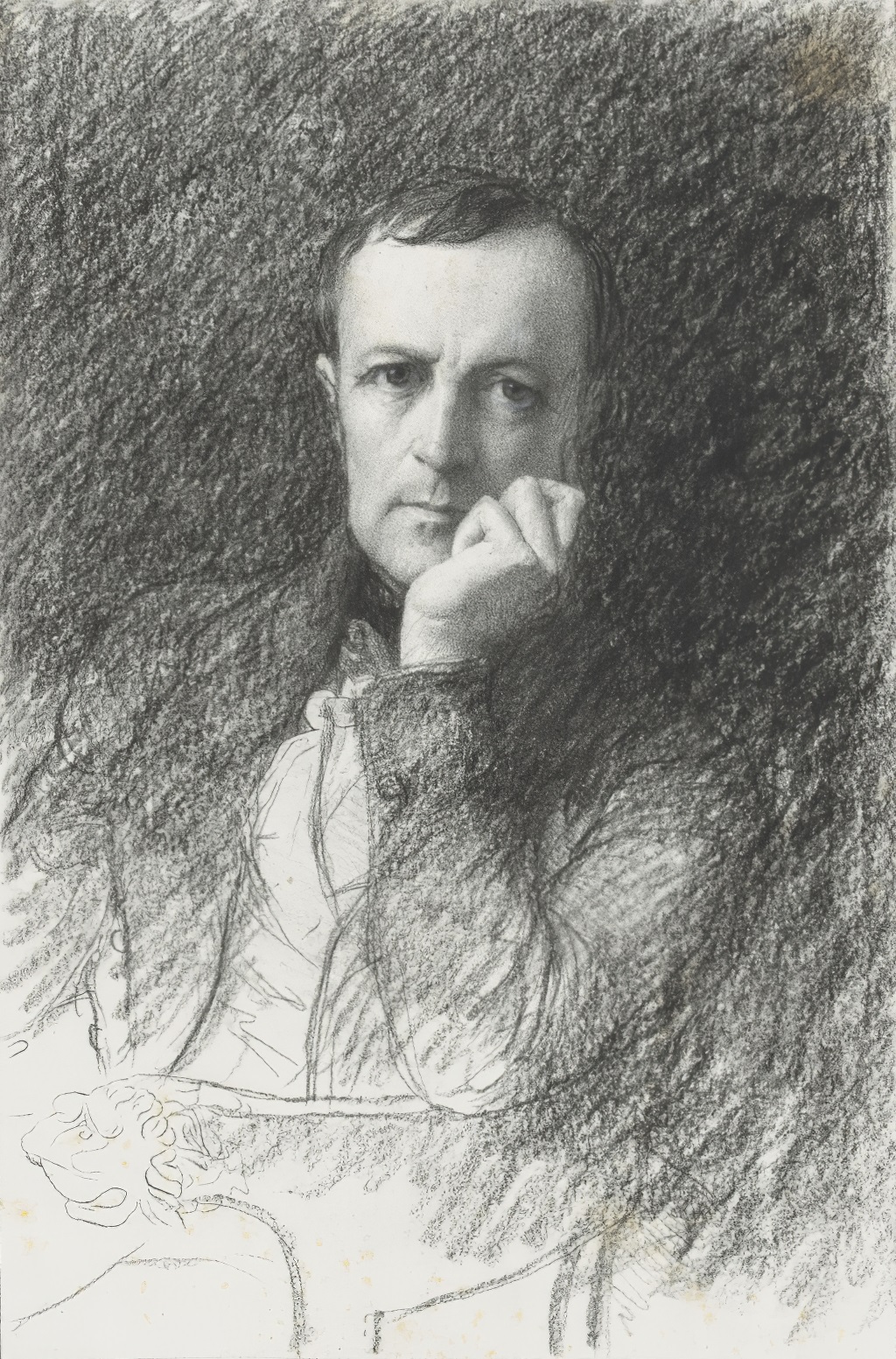
Paul Delaroche was renowned for his meticulously detailed historical scenes that captured both the essence and drama of bygone eras. Delaroche's work bridged the Neoclassical and Romantic movements, bringing to life figures and moments from both English and French history with a narrative intensity that resonated across Europe.
Paul Delaroche's education under the influential history painters Antoine-Jean Gros and Watelet instilled in him a profound understanding of historical accuracy and dramatic composition. His debut at the Paris Salon in 1822 marked the beginning of a highly successful career in which he received widespread acclaim, particularly for his poignant portrayal of "The Execution of Lady Jane Grey" in 1834, a piece that remains one of his most celebrated works.
Throughout his career, Paul Delaroche was committed to the educational aspect of art. In 1833, he became a professor at the École des Beaux-Arts in Paris, influencing a generation of artists with his emphasis on historical fidelity and narrative depth. His major works, like the grand mural "The Hemicycle," which he completed between 1837 and 1841, showcased his talent for orchestrating large-scale compositions that featured an array of historical figures.
Paul Delaroche's approach to history painting was characterized by a "philosophical analysis" of events, aiming to link historical truth with the nineteenth-century understanding of time and morality. His attention to detail and the emotional gravity of his subjects helped forge a visceral connection with viewers, making his works a staple in both public exhibitions and private collections.
For collectors and enthusiasts wishing to delve deeper into Delaroche's legacy or view his works, ongoing exhibitions and collections can be accessed through various art galleries and museums worldwide. To stay informed about such events and opportunities, consider signing up for updates focused on Paul Delaroche's works and their exhibition schedules.
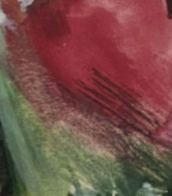
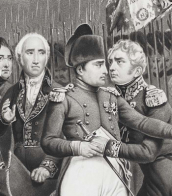
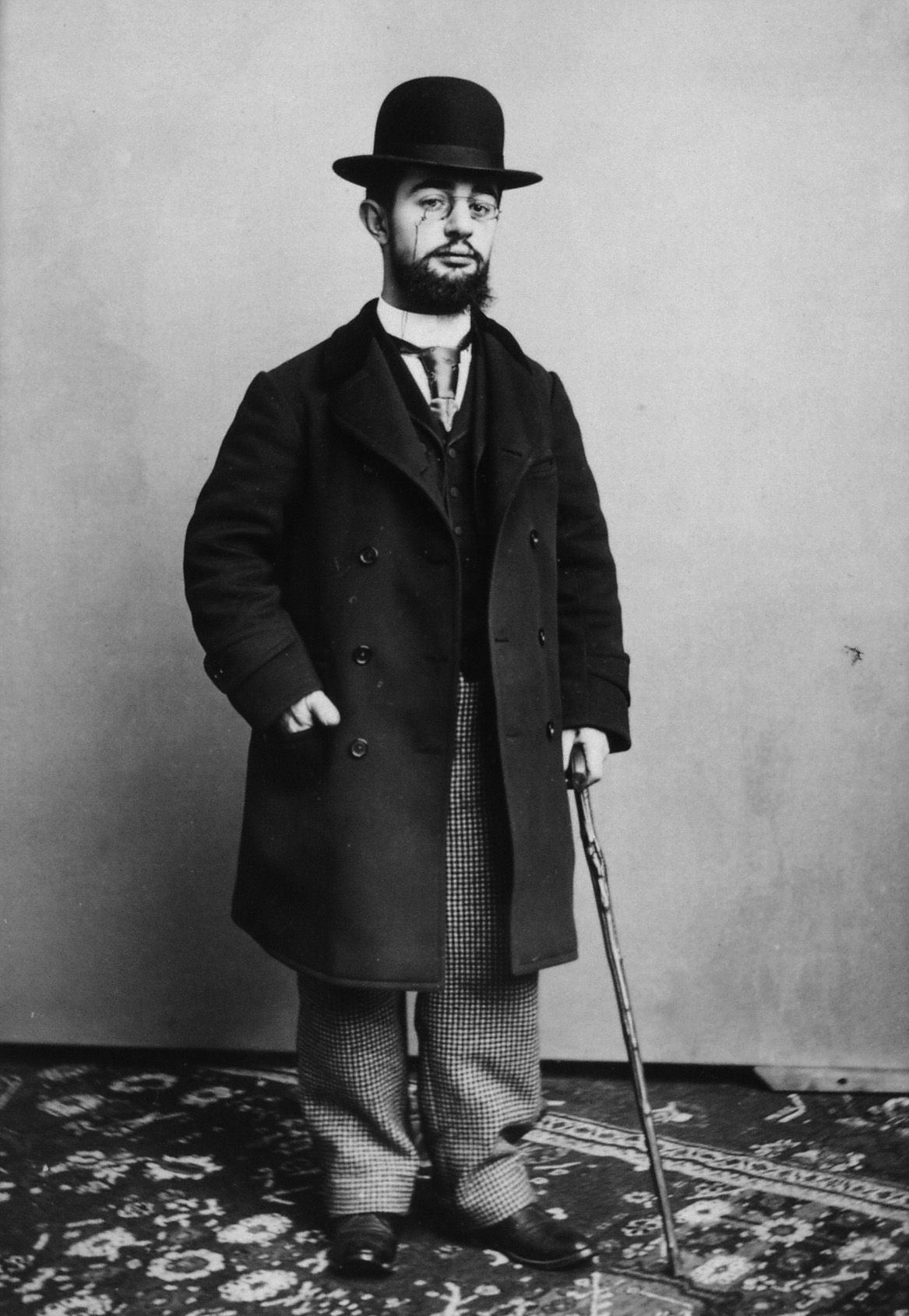
Henri de Toulouse-Lautrec was a distinguished French Post-Impressionist artist, renowned for his deep insights into Parisian nightlife and the world of entertainment in the 1890s. Born into an aristocratic family in Albi, France, Toulouse-Lautrec faced significant health challenges. He suffered from a rare condition, possibly pycnodysostosis, which stunted the growth of his legs following two fractures during his adolescence, leading to a notably short stature as an adult.
Despite his physical limitations, Toulouse-Lautrec immersed himself in art, becoming a key figure in the Post-Impressionist movement alongside artists like Paul Cézanne and Vincent van Gogh. He is particularly celebrated for his vibrant and expressive depictions of the bohemian lifestyle in late 19th-century Paris, often featuring scenes from brothels and nightlife venues. His unique style combined elements of Art Nouveau and lithography, as evidenced in famous works such as "Moulin Rouge: La Goulue" and "At the Moulin Rouge: The Dance".
Toulouse-Lautrec's work offers a window into the Parisian entertainment scene of his time, marked by a vivid use of color and a candid portrayal of his subjects. His ability to capture the essence of Parisian society, from dancers to prostitutes, in an era of great artistic and cultural dynamism, makes his work particularly valuable to art collectors and experts.
For those interested in the art and life of Henri de Toulouse-Lautrec, staying informed about sales and auction events is essential. Sign up for updates to receive the latest news on pieces by Toulouse-Lautrec available for purchase or auction. This subscription focuses exclusively on new product sales and auction events related to Toulouse-Lautrec, ensuring that enthusiasts and collectors don't miss out on any opportunity to acquire pieces from this iconic artist.
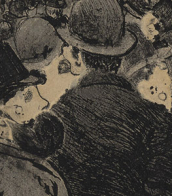
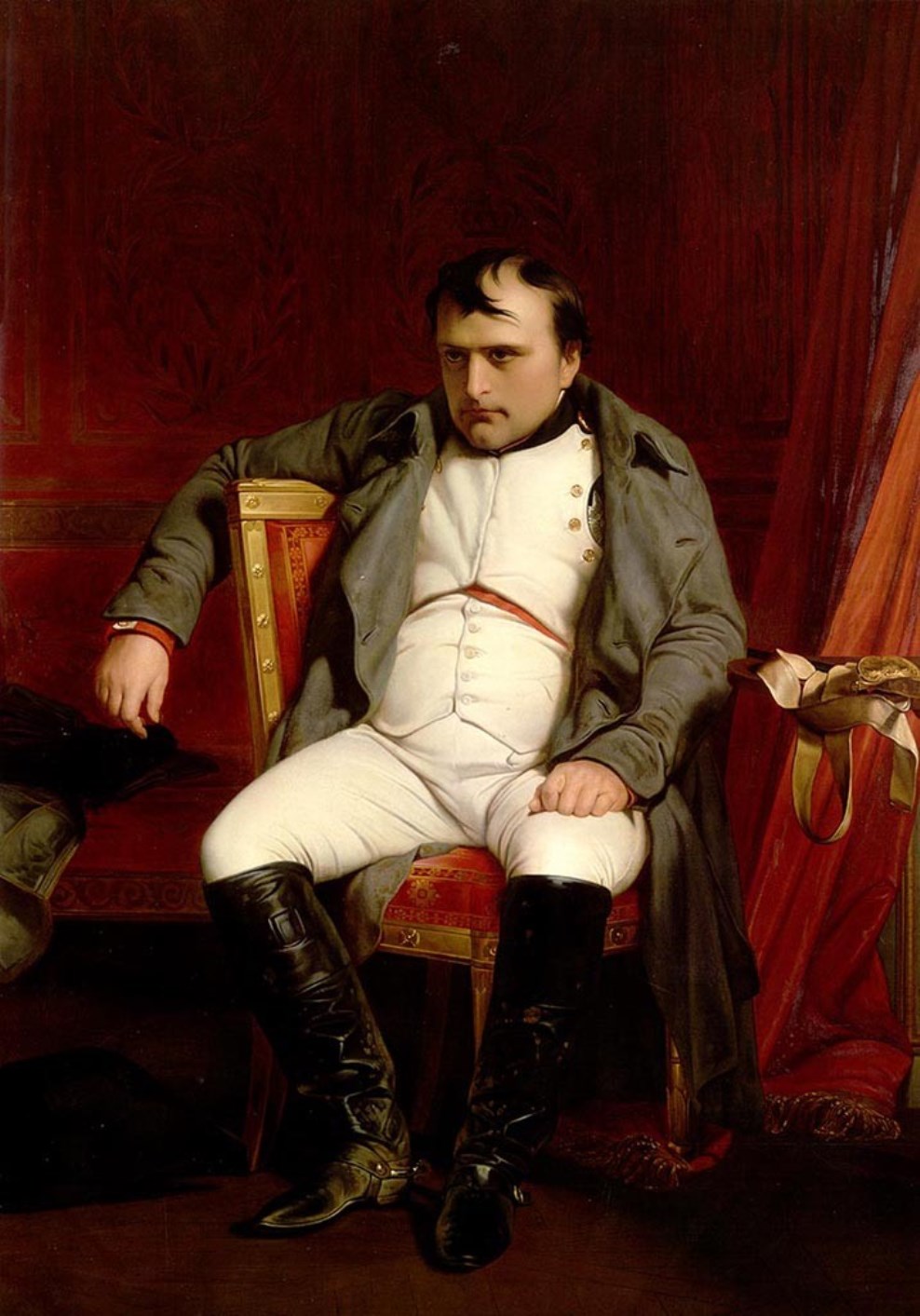
Napoleon I Bonaparte was a French statesman and military leader, Emperor of France (1804-1815).
Napoleon was born in the family of an ignorant Corsican nobleman, graduated from the Brienne military school, then the Paris military school. In 1785 he began military service in the rank of junior lieutenant of artillery in the Royal Army. From the first days of the Great French Revolution of 1789-1799 Bonaparte joined the political struggle on the island of Corsica, in 1792 in Valence joined the Jacobin Club and actively participated in all the turbulent political and military events.
In November 1799 Napoleon was at the head of a coup d'état: the government of the Directory was deposed, and the French Republic was headed by three consuls, the first of whom was Napoleon. In June 1804 Bonaparte was proclaimed Emperor Napoleon I of France, and in December a lavish coronation ceremony took place. After Italy recognized him as its king, in March 1805 he was also crowned in Milan.
With his rise to power, France entered a period of almost continuous warfare. Napoleon greatly expanded the territory of the empire, made most of the states of Western and Central Europe dependent on France. His brothers became kings: Joseph in Naples, Louis in Holland, and Jerome in Westphalia. In 1812, Napoleon made a campaign against Russia and even reached Moscow, but the Russian troops under the leadership of commander M.I. Kutuzov with the active support of all the people completely defeated the "invincible army". This military campaign was the beginning of the collapse of Napoleon's empire. The entry of the anti-French coalition troops into Paris in March 1814 forced Napoleon I to abdicate (April 6, 1814).
Napoleon retained the title of Emperor and was given possession of the island of Elba in the Mediterranean Sea. However, in March 1815, the deposed emperor at the head of a small detachment suddenly landed in the south of France and three weeks later, without a single shot entered Paris. But the emperor failed to live up to the hopes of the people of France, plus his defeat at the Battle of Waterloo all led to his second abdication. As a result, Napoleon Bonaparte was exiled to the island of St. Helena in the Atlantic Ocean, where he died on May 5, 1821.
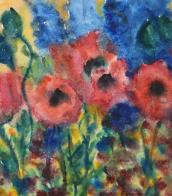
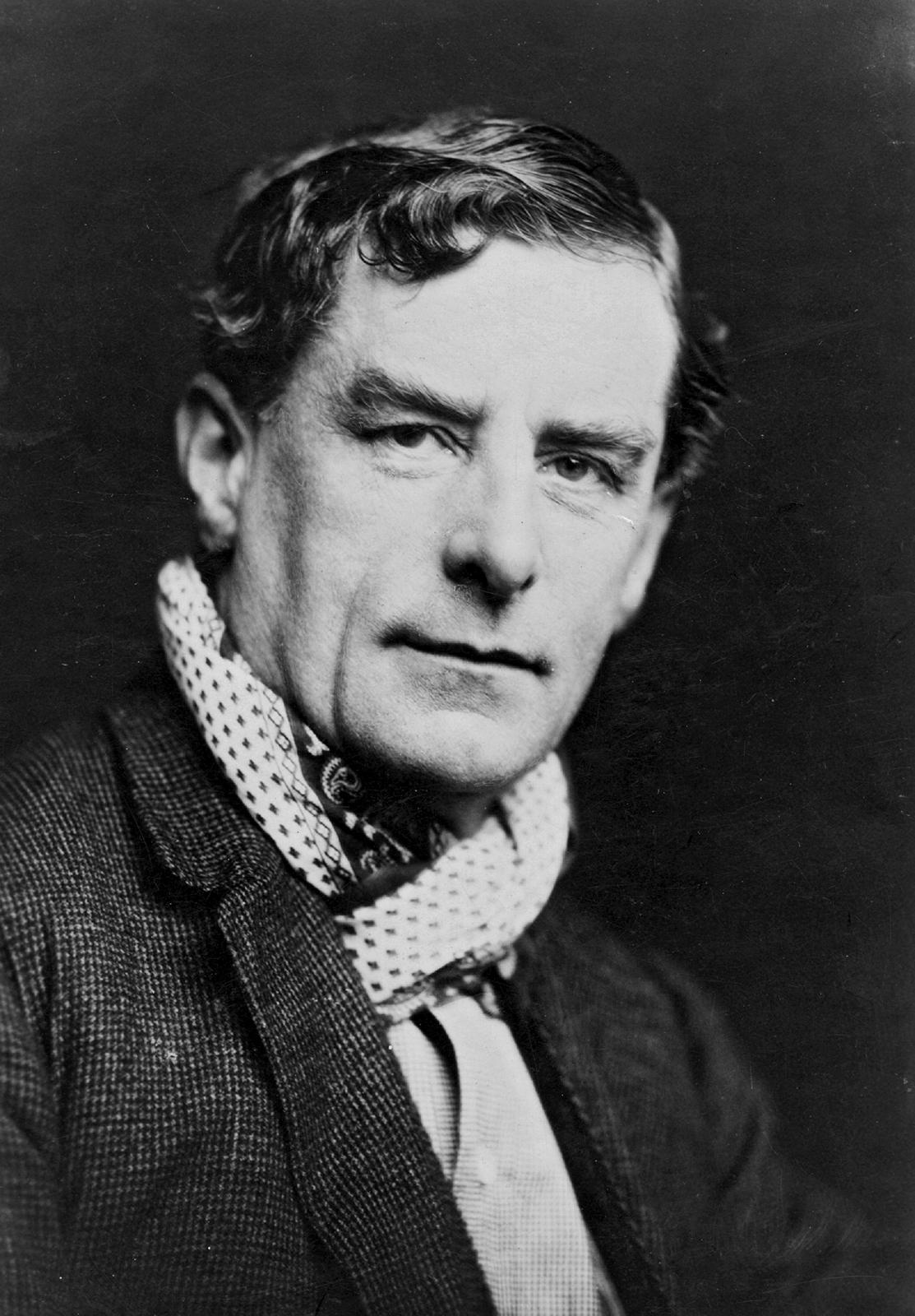
Walter Richard Sickert was a German-born British painter and printmaker who was a member of the Camden Town Group of Post-Impressionist artists in early 20th-century London. He was an important influence on distinctively British styles of avant-garde art in the mid- and late 20th century.
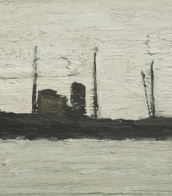
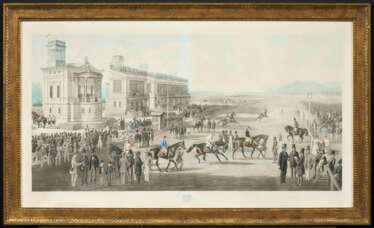

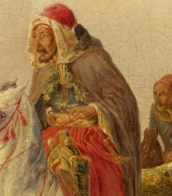
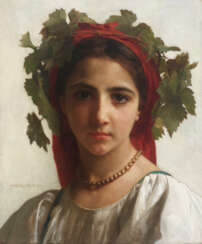



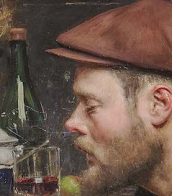
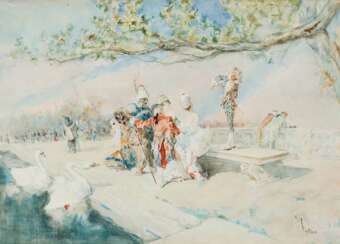

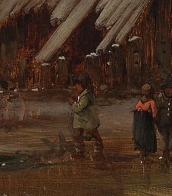
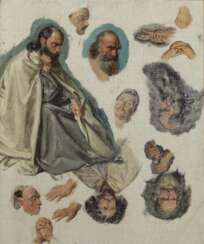

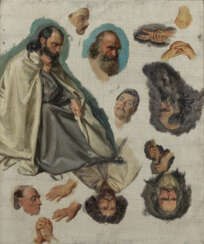



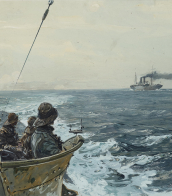
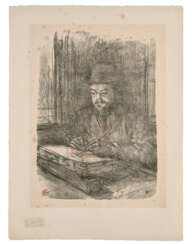



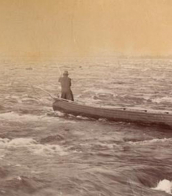


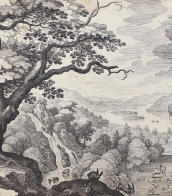
![[ANNULAIRE AGATHOPÉDIQUE].](/assets/image/picture_2734994/daa8a/6d5826e9d28df72fea036c39935601bb1679526000jpg__fix_374_244.jpeg)
![[ANNULAIRE AGATHOPÉDIQUE].](https://veryimportantlot.com/assets/image/picture_2734994/daa8a/6d5826e9d28df72fea036c39935601bb1679526000jpg__fix_374_244.jpeg)
